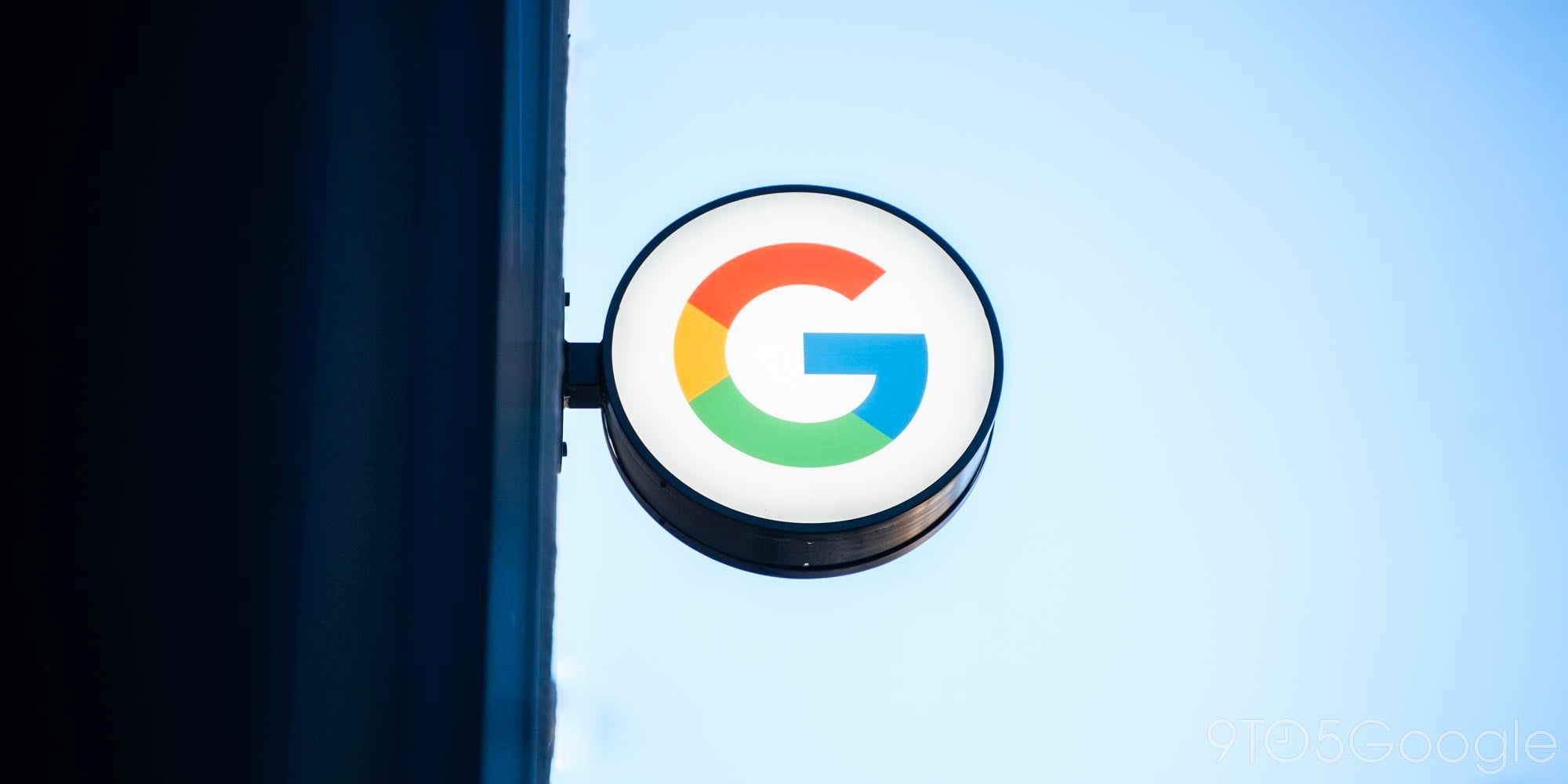
Samung’s Galaxy S6 and S6 Edge marks one of the biggest changes we’ve to the Galaxy S lineup of smartphones. This time around Samsung took a different approach and designed something that’s sleek, thin, and powerful. But what’s different between the Galaxy S6 and S6 Edge? Well, let’s go ahead and find out…
This design is something we’ve never seen before on a Galaxy smartphone. With Gorilla Glass 4 covering the back and front side and a solid metal frame all around, there’s no denying that this is a sleek looking device. It feels very solid in the hand and provides something to grip onto, but it’s very thin at only 6.8mm thing.
Unfortunately, with this design there are compromises that not everyone will be happy about. Gone are the days of waterproofing, SD card expansion, and removable batteries. You won’t find any of that on the Galaxy S6. Though Samsung claims it’s 2,550 mAh battery will be more than enough to make it through the day…
On the front side we have a 5.1-inch QHD display with a resolution of 2,560 x 1,440 and a 5-megapixel camera with an f/1.9 aperture. Around the back, we have a 16-megapixel camera, LED flash and heart rate sensor.
Check out our hands-on and comparison video below:
[youtube=https://www.youtube.com/watch?v=L8E4LrEKgkY]
The button layout remains relatively the same when compared to its predecessor, but the headphone jack has been moved from the top this time around and placed it on the bottom side. We still have the capacitive buttons on the front side and the home button, but Samsung had changed the built-in fingerprint sensor for the better.
This time around, the fingerprint sensor works excellent. It’s not the old swipe style sensor we found on the Galaxy S5 and Note 4. Nope. This time we have something that works very similar to Touch ID found on an iPhone. It’s that good.
On the inside, Samsung has decided to ditch the Snapdragon processor and went with an their in-house Exynos octa-core processor, 3GB of RAM, and either 32, 64, or 128GB of storage. Some people may not prefer the Exynos chips, but in my experience, the UI was buttery smooth, though the animations were a little slow.
Samsung also introduced the Galaxy S6 Edge which brings a little extra to the party. This has a dual-curved display with some pretty edgy features, but it’s not quite like what we saw on the Note Edge. This time around Samsung has removed the constant Edge screen and replaced it with smart features that can be accessed when needed.
When the phone is in use, the Edge screen is hidden. You can quickly access contacts on the side with a quick swipe from the edge, but the actual edge display won’t be seen until the device is locked and you swipe across the entire edge. This will activate some of the edge features that were introduced with the Note Edge last year.
There’s an entire Settings menu section dedicated to the Edge screen here, but one feature I found to be very cool is that you can choose which edge you’d like these feature to appear on. No more using a phone upside down for all of you lefties out there.
Overall, there’s not a huge difference between the Galaxy S6 and S6 Edge and if you’re a fan of the new design, either model will be a great choice. With the light curve found on the S6 Edge, Samsung really could have gotten away with only producing one model this time around. I just think the edge model looks better, but that’s just me. Let us know what you think about the Galaxy S6 and S6 Edge in the comments section below.
FTC: We use income earning auto affiliate links. More.



Comments